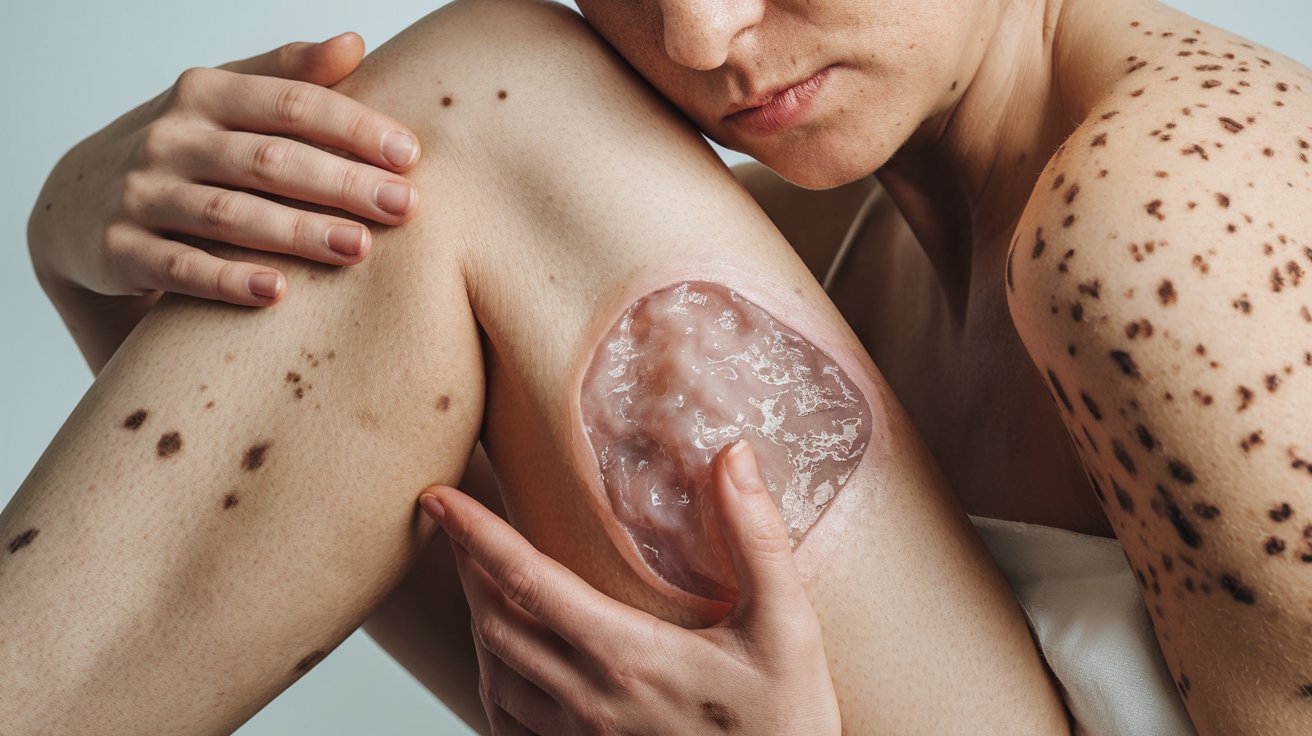
Carney–Stratakis Syndrome is a rare genetic disorder that often leaves people with more questions than answers. This condition involves a combination of gastrointestinal stromal tumors (GISTs) and paragangliomas, which are tumors that can form in various parts of the body. What causes Carney–Stratakis Syndrome? Mutations in the SDH genes are the primary culprits. These genes are responsible for producing proteins that help cells generate energy. When they malfunction, it can lead to tumor growth. Understanding this syndrome is crucial for early diagnosis and treatment. In this blog post, we'll dive into 25 essential facts about Carney–Stratakis Syndrome, shedding light on its symptoms, diagnosis, and management.
Key Takeaways:
- Carney–Stratakis Syndrome (CSS) is a rare genetic disorder causing tumors in the digestive tract and nerve cells. Early diagnosis and regular monitoring are crucial for managing symptoms and improving outcomes.
- Treatment for CSS involves surgery, medication, and lifestyle changes. Ongoing research offers hope for better understanding and more effective therapies. Regular check-ups and genetic counseling are important for affected families.
What is Carney–Stratakis Syndrome?
Carney–Stratakis Syndrome (CSS) is a rare genetic disorder. It involves the development of certain types of tumors. Understanding this condition can help those affected manage their health better.
- CSS is a genetic disorder. It is inherited in an autosomal dominant pattern.
- The syndrome is named after Dr. J. Aidan Carney and Dr. Constantine Stratakis. They first described it in 2002.
- CSS involves two main types of tumors: gastrointestinal stromal tumors (GISTs) and paragangliomas (PGLs).
- GISTs are tumors that form in the digestive tract. They most commonly occur in the stomach or small intestine.
- PGLs are rare tumors that develop from nerve cells. These cells are part of the autonomic nervous system.
- CSS is caused by mutations in the SDH (succinate dehydrogenase) genes. These genes are crucial for cellular energy production.
Symptoms and Diagnosis of Carney–Stratakis Syndrome
Recognizing the symptoms of CSS early can lead to better management. Diagnosis often involves genetic testing and imaging studies.
- Symptoms of GISTs can include abdominal pain, bleeding, and weight loss.
- PGLs may cause high blood pressure, headaches, and sweating. They can also lead to heart palpitations.
- Some individuals with CSS may not show symptoms until adulthood. This can make early diagnosis challenging.
- Genetic testing can confirm the presence of SDH gene mutations. This is a key step in diagnosing CSS.
- Imaging studies like CT scans and MRIs help locate tumors. These scans are essential for monitoring tumor growth.
- Biopsies of tumors can provide additional diagnostic information. They help determine the type and nature of the tumor.
Treatment Options for Carney–Stratakis Syndrome
Managing CSS often requires a combination of treatments. These can include surgery, medication, and regular monitoring.
- Surgery is a common treatment for GISTs and PGLs. Removing tumors can alleviate symptoms and prevent complications.
- Medications like tyrosine kinase inhibitors (TKIs) can be effective. They help control the growth of GISTs.
- Radiation therapy may be used for PGLs. This treatment targets and destroys tumor cells.
- Regular monitoring is crucial for individuals with CSS. This includes routine imaging studies and check-ups.
- Genetic counseling can benefit families affected by CSS. It provides information on inheritance patterns and risks.
- Lifestyle changes, such as a healthy diet and regular exercise, can support overall health. These changes can improve quality of life for those with CSS.
Research and Future Directions
Ongoing research aims to improve understanding and treatment of CSS. Advances in genetics and medicine offer hope for better outcomes.
- Researchers are studying the role of SDH gene mutations in CSS. This research could lead to new treatment options.
- Clinical trials are testing new medications for GISTs and PGLs. These trials offer potential for more effective therapies.
- Advances in genetic testing are improving diagnosis. Early detection of CSS is becoming more feasible.
- Personalized medicine is an emerging field. It tailors treatment to an individual's genetic profile.
- Collaboration between researchers and clinicians is crucial. It helps translate scientific discoveries into practical treatments.
- Patient registries are being developed. These databases collect information on individuals with CSS to support research.
- Advocacy groups are raising awareness of CSS. They provide support and resources for affected families.
Final Thoughts on Carney–Stratakis Syndrome
Carney–Stratakis Syndrome, a rare genetic disorder, affects both children and adults. Understanding its symptoms, like gastrointestinal stromal tumors and paragangliomas, helps in early diagnosis and treatment. Genetic testing plays a crucial role in identifying mutations in the SDH genes, providing valuable information for families. Awareness and education about this syndrome can lead to better management and support for those affected.
Staying informed about the latest research and advancements in treatment options is essential. Support groups and medical professionals can offer guidance and resources. By sharing knowledge and experiences, we can create a supportive community for individuals and families dealing with Carney–Stratakis Syndrome.
Remember, early detection and proper medical care can significantly improve the quality of life for those affected. Stay proactive, seek medical advice, and support one another in this journey.
Frequently Asked Questions
Was this page helpful?
Our commitment to delivering trustworthy and engaging content is at the heart of what we do. Each fact on our site is contributed by real users like you, bringing a wealth of diverse insights and information. To ensure the highest standards of accuracy and reliability, our dedicated editors meticulously review each submission. This process guarantees that the facts we share are not only fascinating but also credible. Trust in our commitment to quality and authenticity as you explore and learn with us.
